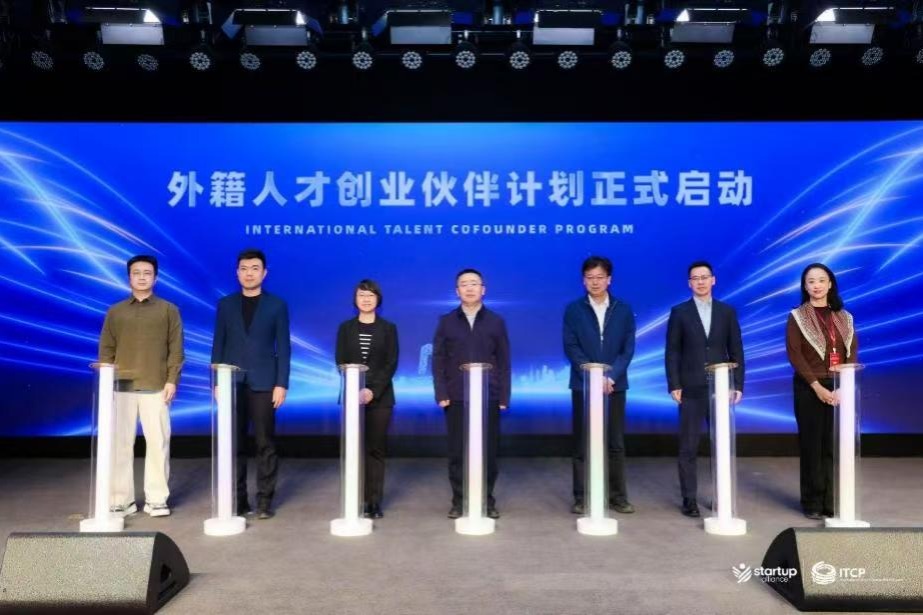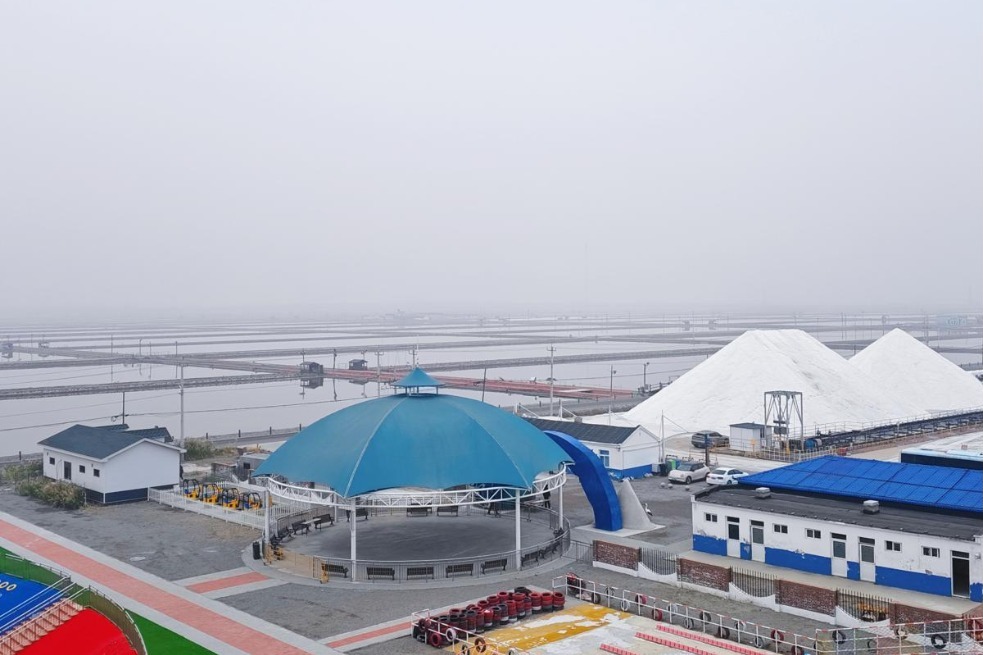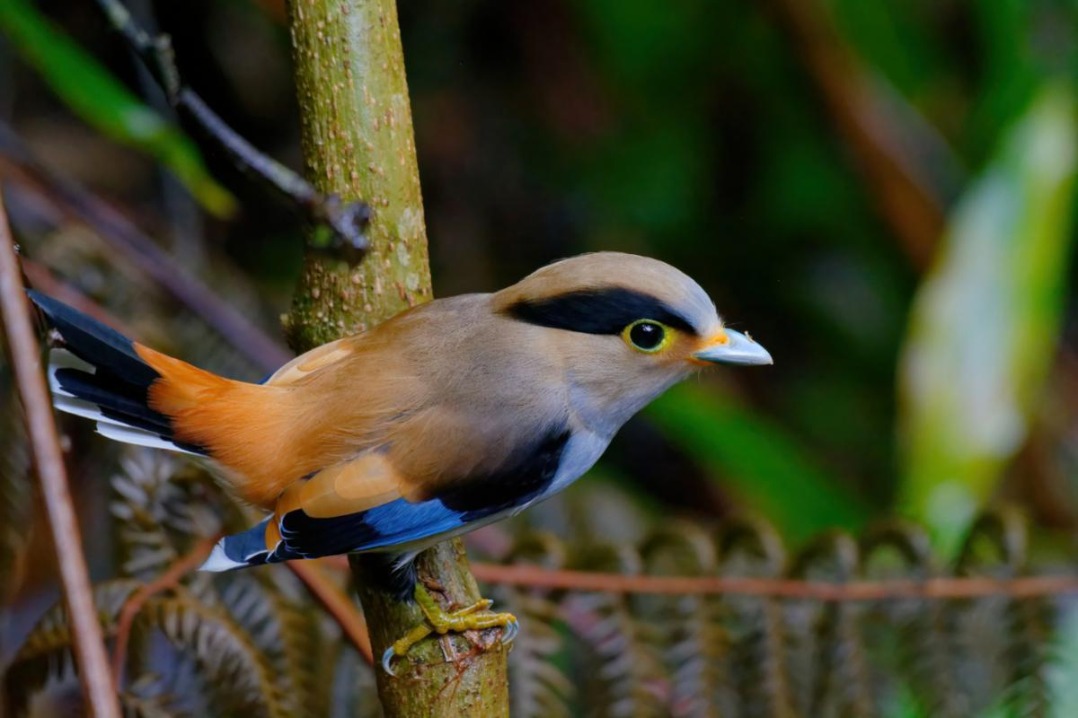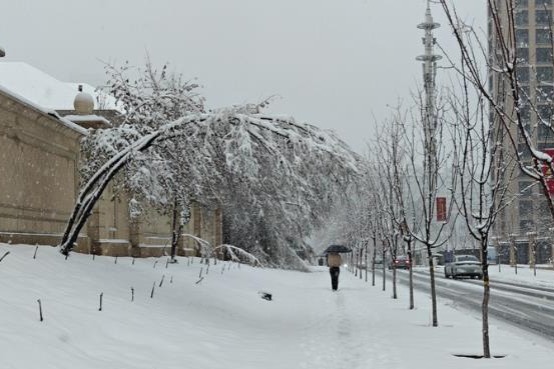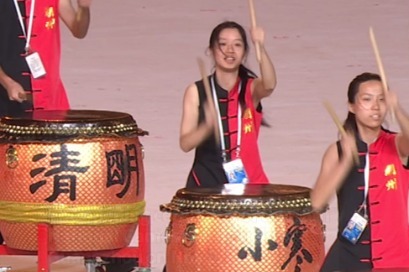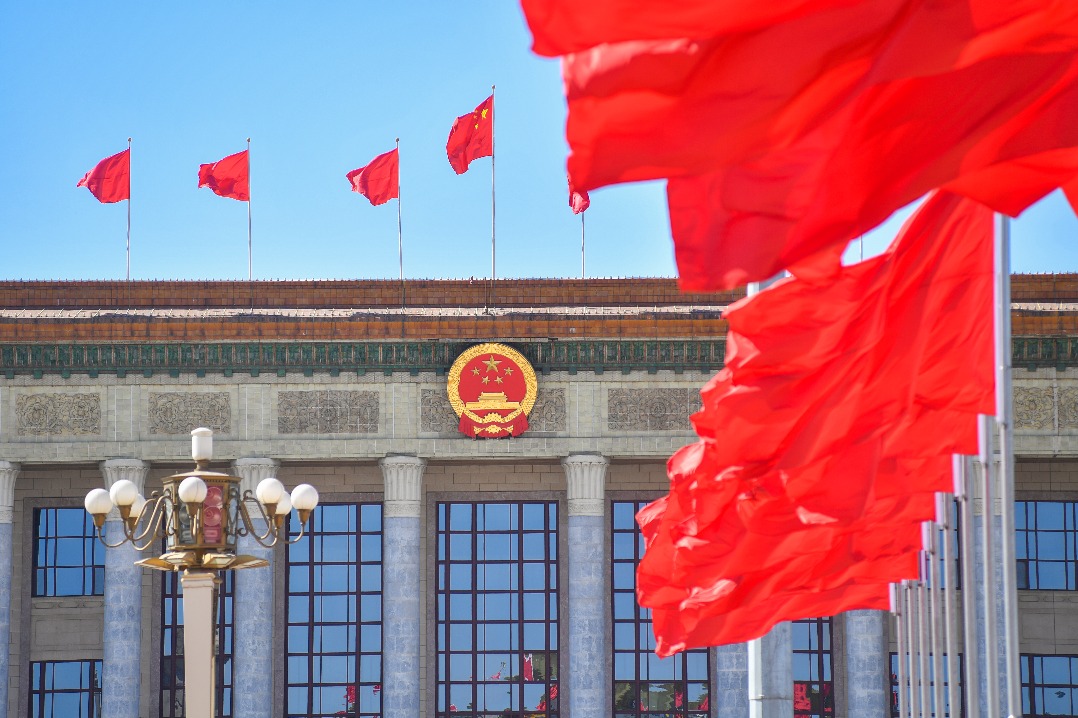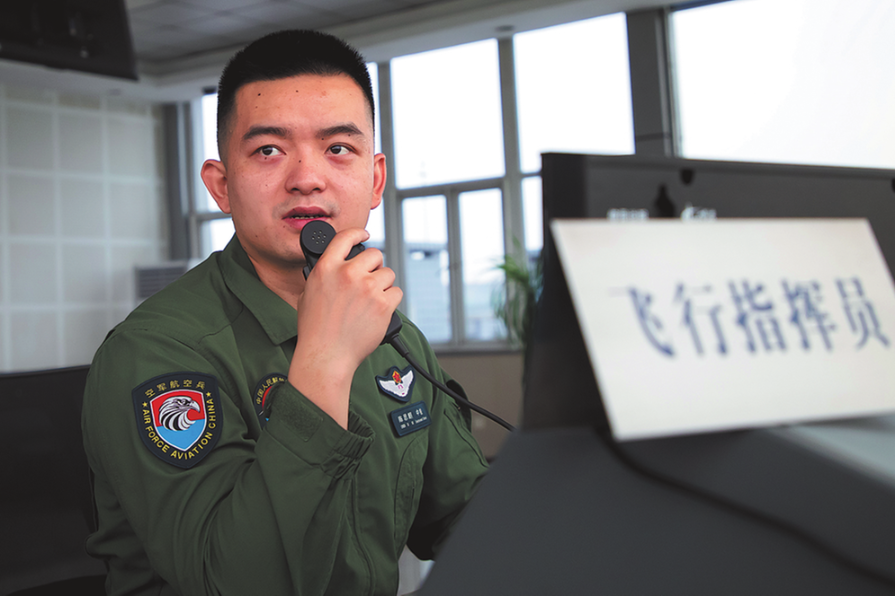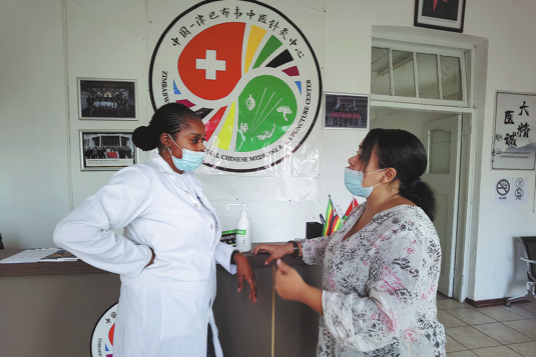A maverick among peers

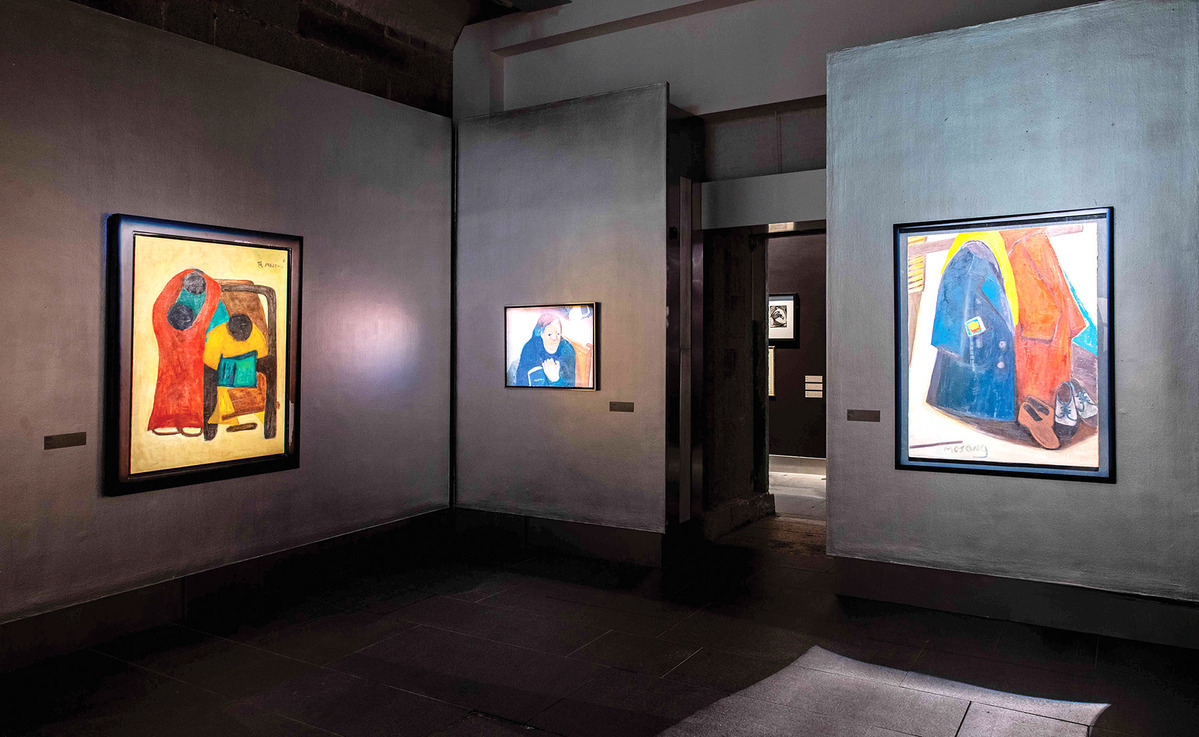
Global citizen
Hoo was over 40 when she arrived in Paris in 1965, at a thrilling but tumultuous time in the global art world that gave birth to a quick succession of cultishly competitive artistic revolutions, including Surrealism, Abstract Expressionism, Pop Art and Minimalism. Yet Hoo was not one to follow trends. Daphne King, global director of Alisan Fine Arts gallery, notes that Hoo neither embraced the Tachisme style of abstract painting like her Beijing-born contemporary Zao Wou-ki (1920-2013); nor followed the classic Chinese tradition of social realism inherited by fellow Ningbo native Chen Yifei (1946-2005).
She turned down an invitation to study at the famed Beaux-Arts de Paris — where Pan had trained — instead attending the Académie de la Grande Chaumière, following compatriots Zao, Pang Xunqin (1906-85) and Wu Guanzhong (1919-2010), as well as Western luminaries Marc Chagall (1887-1985), Louise Bourgeois (1911-2010) and Giacometti. After winning the first prize at the Salon des Femmes Peintres in 1968 for her Toy Series, the institute offered Hoo the historic studio where she spent much of her 37 years in Paris. "During a period dominated by male artists, it was challenging for women artists to distinguish themselves," King says. "However, Hoo managed to stand out."
While Hoo refused to follow trends, she was still paying attention. King notes the way the artist "blends European art styles with her unique creative language".
Her bold use of perspective owes a certain debt to Surrealism, evident in the huge bananas dwarfing the hands that hold them in Figure Series 30.
Wang sees Fauvism in Hoo's use of color, and the emotional depth of German Expressionism in her powerful nude sketches. Rather than the submissive and sexualized male-authored nudes we're most familiar with, Hoo's female figures are bold, strong and often looking out from the canvas, antagonizing the objectifying male gaze.
- Erdos offers 10,000 yuan subsidy for families having third child
- Qingdao conference promotes fair and rational global economic order
- China commissions CNS Fujian in Hainan province
- Beijing launches program to foster international entrepreneurship
- China starts construction of water diversion project to quench thirst of metropolis
- China's Greater Bay Area builds world-class city cluster through connectivity, innovation
















